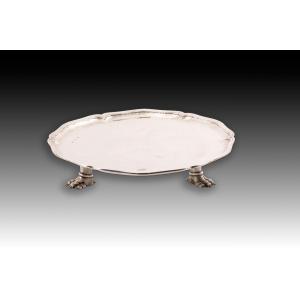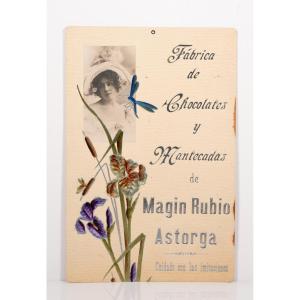Metal washing machine with an electric motor that would drive a circular container (which moves the laundry, a "drum"), with a water inlet at the bottom right and several valves and levers, as well as four circular base legs. to better support the floor and prevent, as much as possible, the machine from moving when in operation. Leonard Ryznar (or Rýznar) is the founder of the Skrat company, which manufactured several models similar to this one, very popular among those who could afford them in certain parts of Europe in the 20th century. As indicated on the machine itself, this is the P-7 model, produced circa 1945. In the early 19th century, several "machines" were developed for washing clothes. They consisted of a wooden box in which the laundry was placed and a manual system that moved it. Another variant consisted of a drum in which the laundry was squeezed. Electric washing machines were not created until the beginning of the 19th century. Electric washing machines were not created until the beginning of the 20th century (these devices were already advertised in the United States in 1904; apparently, the first machine in Europe appeared a little later), becoming a mass appliance from the late 1900s. Electric washing machines appeared in the 1940s and early 1950s, and in Western Europe, they became an everyday appliance from around 1960.
Size: 96x64x82 cm


















































 Le Magazine de PROANTIC
Le Magazine de PROANTIC TRÉSORS Magazine
TRÉSORS Magazine Rivista Artiquariato
Rivista Artiquariato